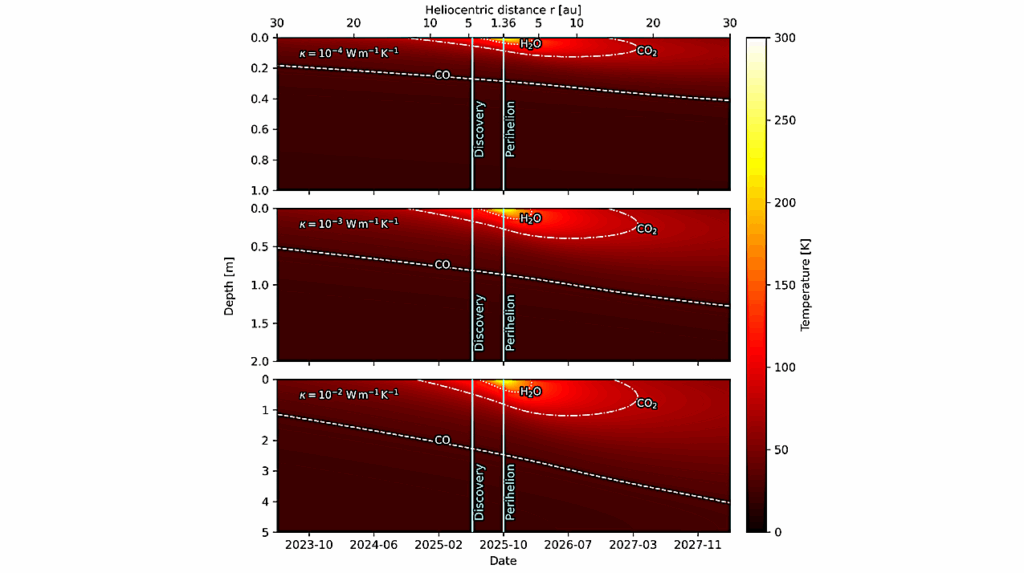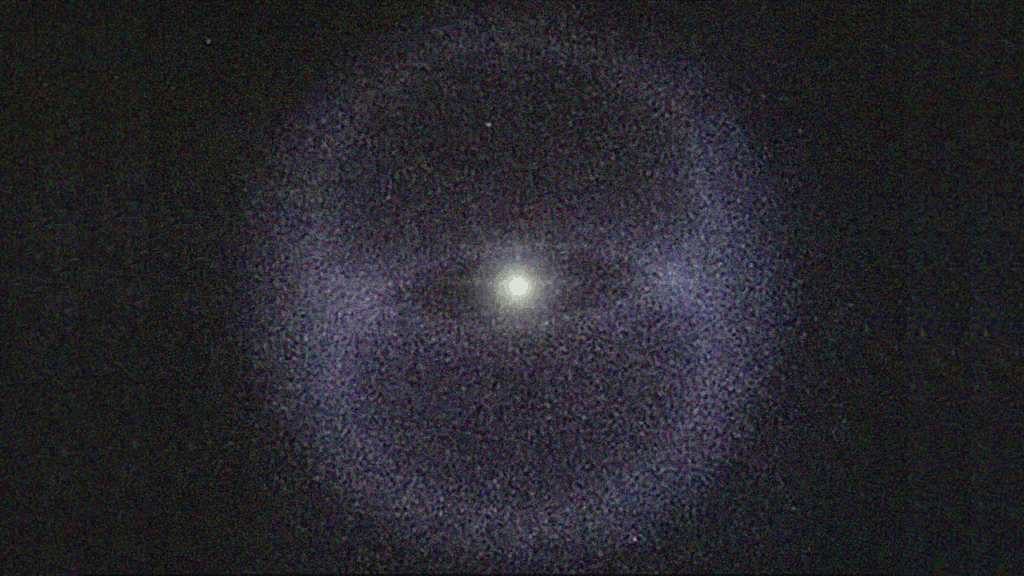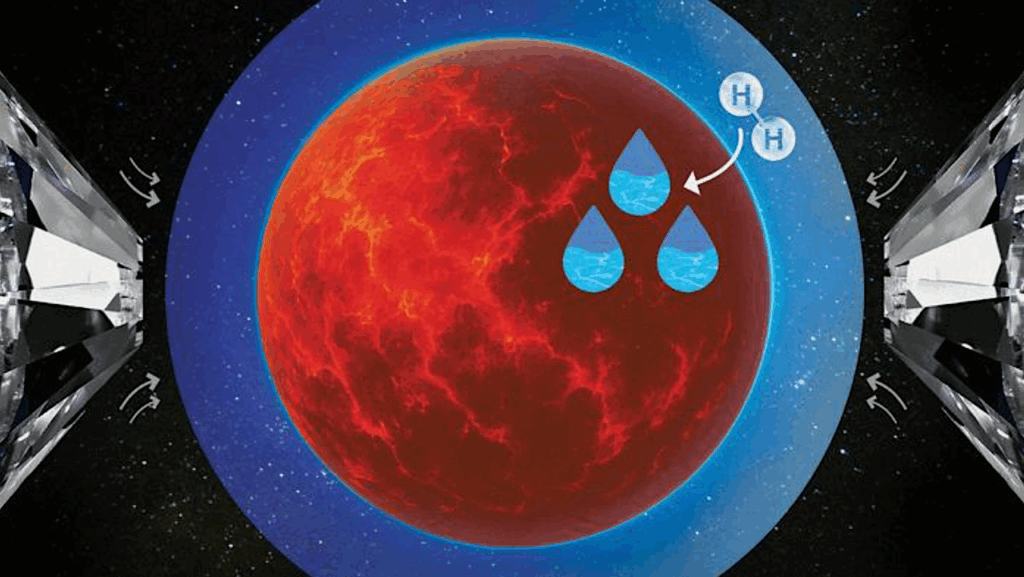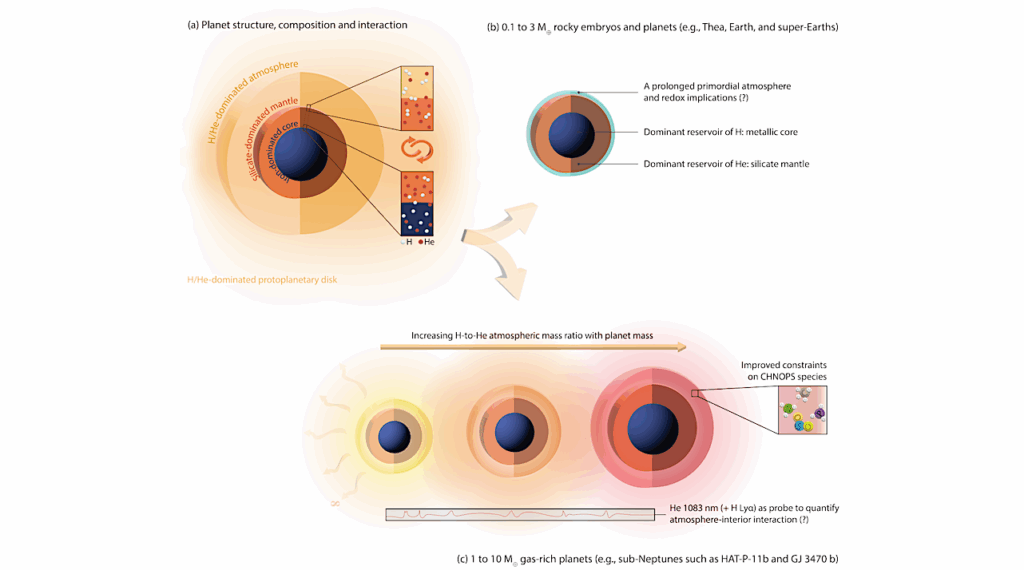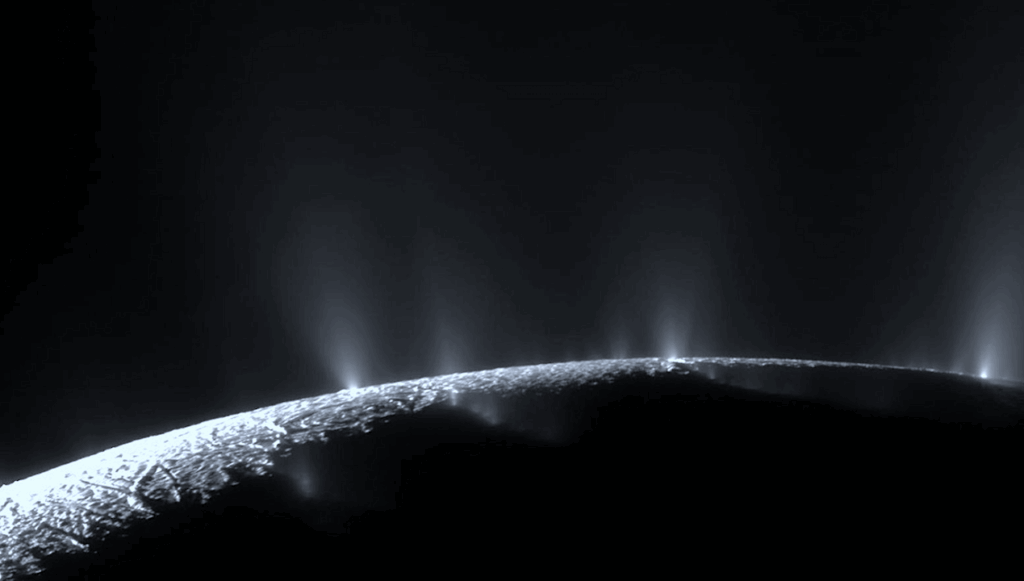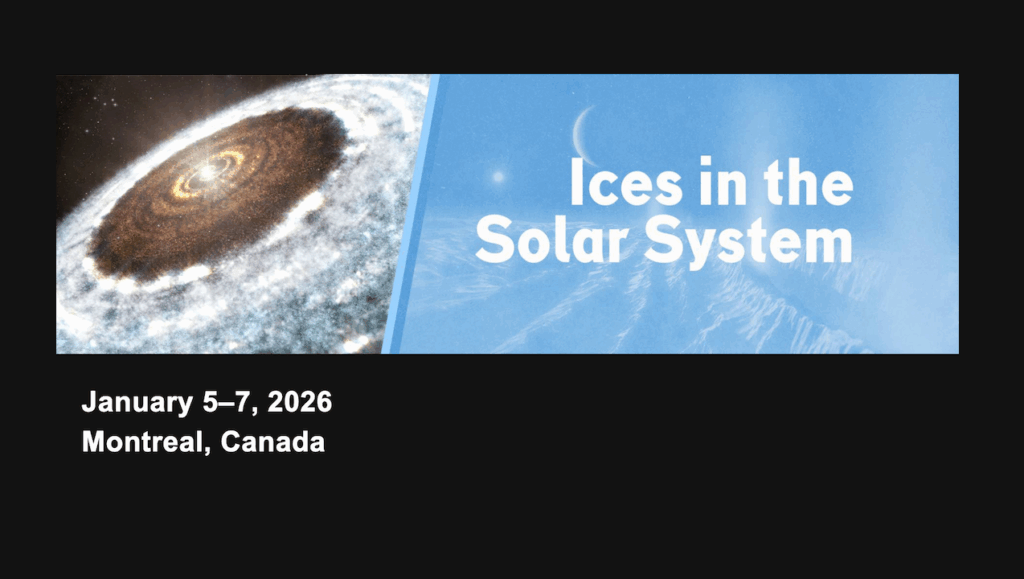The Pre-perihelion Evolution of the Activity of Comet C/2017 K2 (PANSTARRS) During the Water Ice-line Crossover

Comets, relics from the early solar system, consist of dust and ice. The ice sublimates as comets approach the Sun, ejecting dust from their nuclei seen as activity. Different volatiles sublimate at different Sun-comet distances and eject dust of unique sizes, structures, and compositions.
In this study, we present new polarimetric observations of Oort-cloud comet C/2017 K2 (PANSTARRS) in R and I-filter domains before, during, and after its crossover of the water-ice sublimation regime at phase angles of 15.9\arcdeg, 10.5\arcdeg, and 20.0\arcdeg, respectively. Combining multiband optical imaging data covering a wide range of heliocentric distances (∼14−2.3 au), we aim to characterize the preperihelion evolution of cometary activity as well as the properties of its coma dust.
Two discontinuous brightening events were observed: at ∼6 au presumably associated with changes in CO-like supervolatile ice activity, and at ∼2.9 au when water ice took over. Particularly, the latter activation is accompanied by changes in coma morphology and color whose trends differ between the inner (∼103-km) and outer (∼104-km) parts of the coma. No polarimetric discontinuities on the comet were observed over the inner coma region, all epochs showing phase-angle and wavelength dependencies compatible with those of active comets observed in similar observing geometry.
During this period, the underlying dust continuum overwhelmed Hα emission at around 656.3 nm, suggesting less water ice on the comet’s surface than expected. We discuss K2’s coma environment by combining numerical simulations of light scattered by dust and place the observations within the context of the comet’s evolution.
Yuna G. Kwon, Stefano Bagnulo, Johannes Markkanen, Ludmilla Kolokolova, Jessica Agarwal, Manuela Lippi, Zuri Gray
Comments: Accepted for publication in Astronomical Journal
Subjects: Earth and Planetary Astrophysics (astro-ph.EP)
Cite as: arXiv:2408.01636 [astro-ph.EP] (or arXiv:2408.01636v1 [astro-ph.EP] for this version)
https://doi.org/10.48550/arXiv.2408.01636
Focus to learn more
Submission history
From: Yuna G. Kwon
[v1] Sat, 3 Aug 2024 02:38:57 UTC (13,825 KB)
https://arxiv.org/abs/2408.01636
Astrobiology


